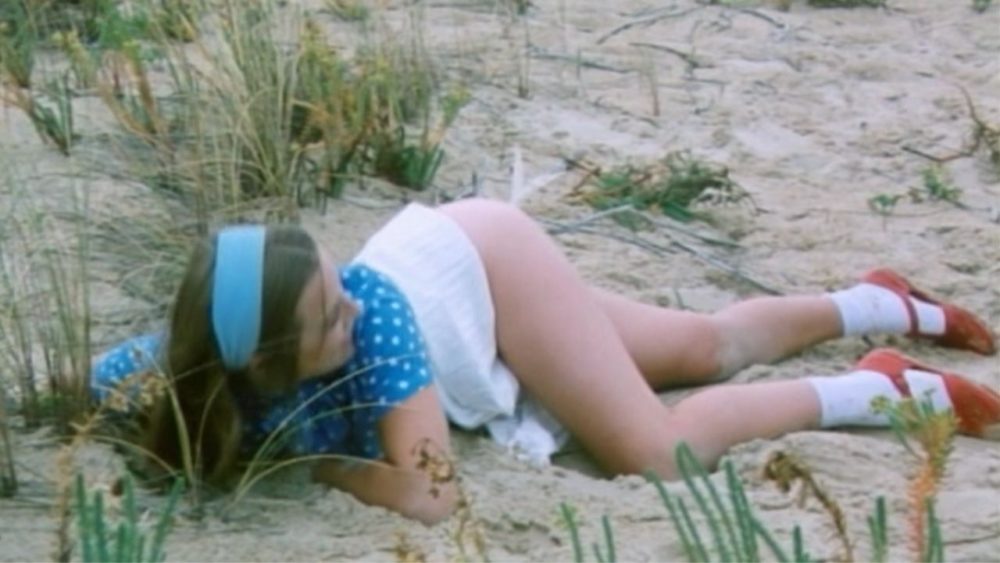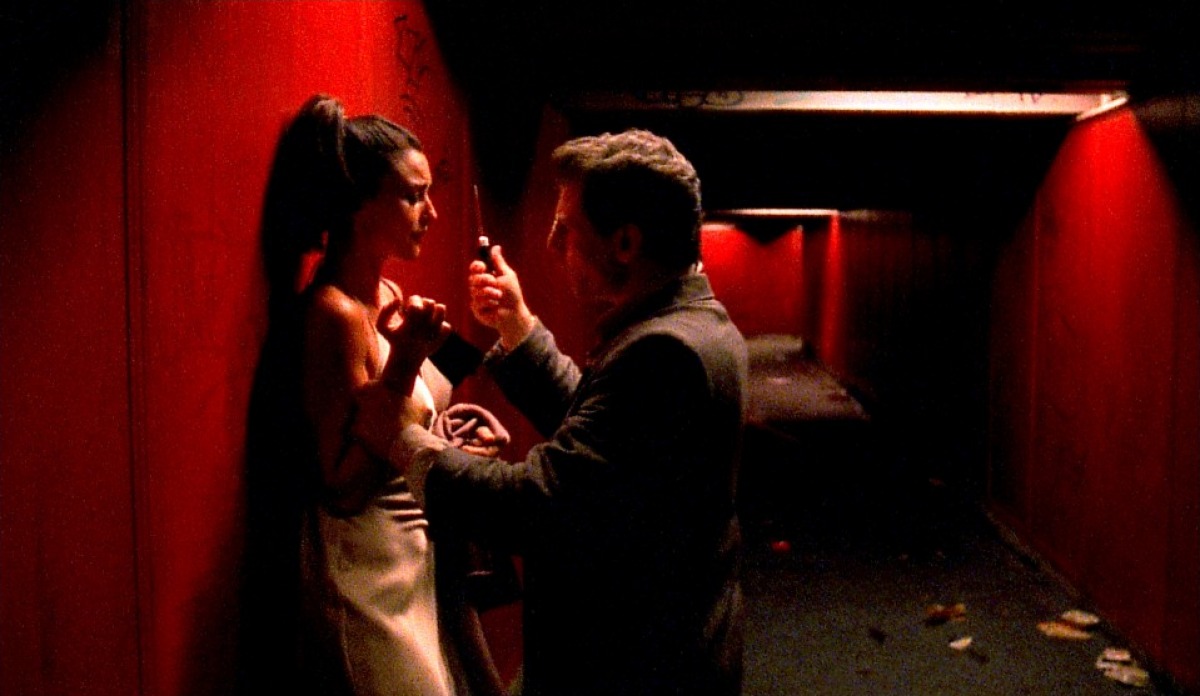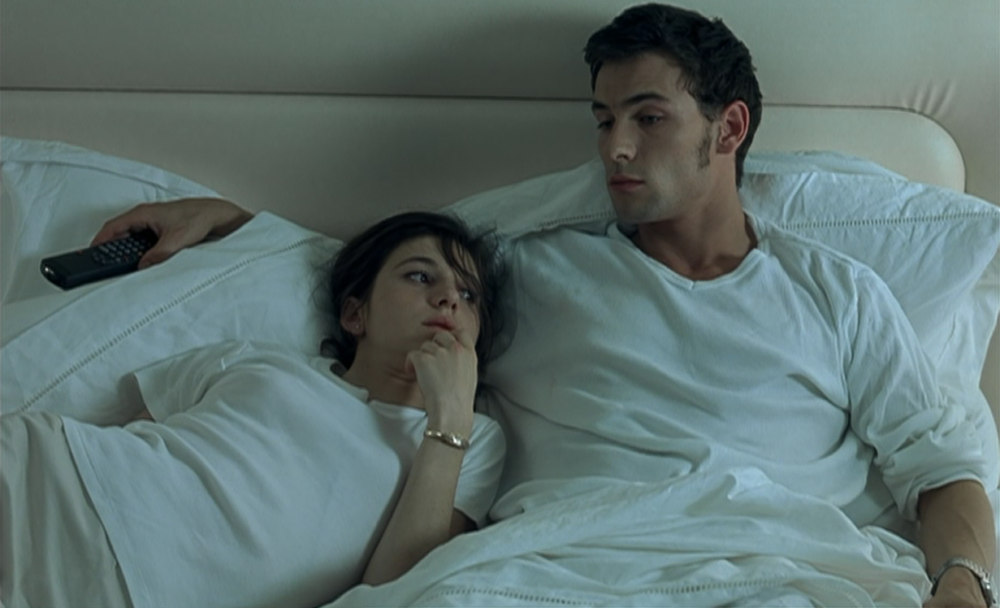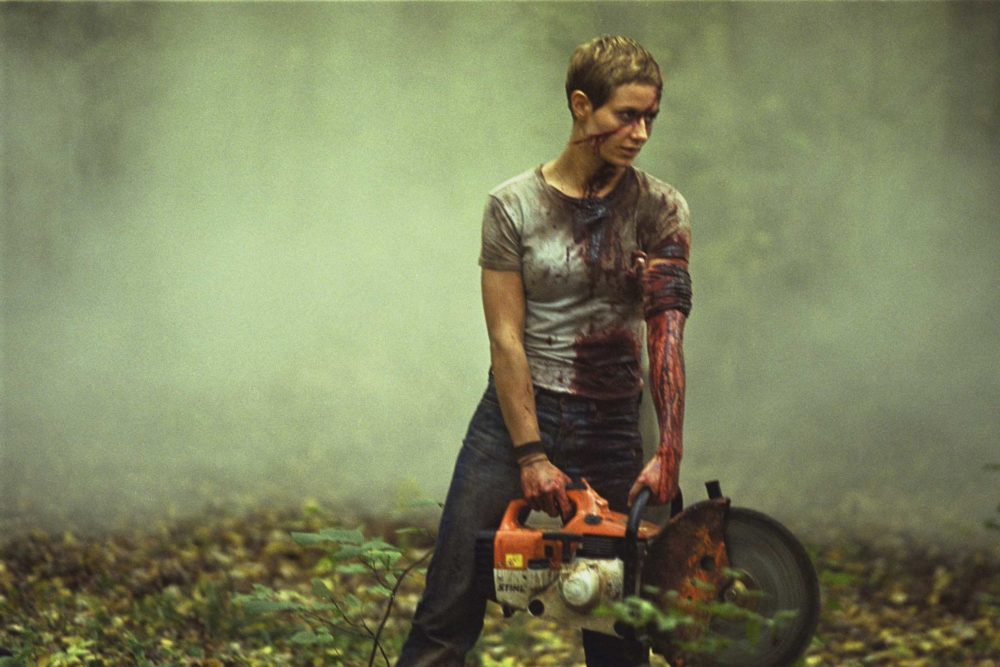We, as a society, have had the animal bred out of us. Well, sort of. Attempts to breed a civilized, well-mannered society can only go so far until a segment of the population begins to feel like they have been unfairly treated. The rise of Donald Trump, and his subsequent successful grab for the Republican nomination, having nothing to do with him being an outsider. Trump is the epitome of the Washington insider. But the fact that he expresses frustrations in a coarse and simple language are what is most attractive to a number of people. Similarly, in French and European cinema, for that matter, a new visceral extremity in tone has taken hold of its filmmakers and produced a salacious, albeit somewhat intriguing, group of films.

At Cannes this year, French film director, Bruno Dumont, unveiled his newest film, Slack Bay, which, along with a couple of other films, explored the subject of cannibalism. What was the sudden fascination with cannibalism, you ask? Slack Bay’s producer, Jean Brehat, in an article appearing on the web site Hollywood Reporter, opined –
“I think it’s a metaphor for the social struggles,” says Brehat. “It’s obvious to anyone that we live in a world where the rich are richer and the poor are poorer. Even if it’s unconscious, it’s a reflection of the world we live in. The rich are eating the poor more and more.”
Petit Film’s Jean des Forets, who produced Raw, echoes that sentiment. “I think you could make some sort of sociopolitical reading of this trend,” he says. “Obviously cannibalism has a very strong symbolic value linked to people getting rich while others are getting poorer.”
It is an intriguing and somewhat exhilarating idea that cinema still has the power—and more specifically the want—to combat injustice and human folly in its own very unique way. As French film director, Jean-Luc Godard once said, “Photography is truth. The cinema is truth twenty-four times per second.” That truth begins as a snowball and becomes bigger and mightier as it rolls forth, and outbreaks of discontent have spread in this way, like an infectious disease, since the beginning of the 21st century, in part due to photography. Today, Islamic terrorism and the fragile world economy have everyone running scared, powerless to stop the advancing threats. Much of this fear, fueled by the media and its imagery.

Though they have always been more relaxed with censorship codes, European cinema, particularly the French, have taken to stepping over the line more often. In 2004, Artforum published an article by writer, James Quandt, which attempted to quantify the French side of the movement. Though it has never been a concerted effort by any of the filmmakers Quandt listed, he believed subjects and themes bore such a striking resemblance that there was definitely a new consciousness being molded and shaped, that there was a serious new philosophy, though transgressive and base, sometimes in the extreme, that should be examined. As writers will do, because we have to make sense of everything, he attached the label “The New French Extremity” to it. From Art Forum, via Wikipedia, Quandt noted –
Bava as much as Bataille, Salò no less than Sade seem the determinants of a cinema suddenly determined to break every taboo, to wade in rivers of viscera and spumes of sperm, to fill each frame with flesh, nubile or gnarled, and subject it to all manner of penetration, mutilation, and defilement.
The directors Quandt identified –
- Alexandre Aja
- Olivier Assayas
- Bertrand Bonello
- Catherine Breillat
- Jean-Claude Brisseau
- Alexandre Bustillo
- Leos Carax
- Patrice Chéreau
- Claire Denis
- Virginie Despentes
- Vincent Dieutre
- Bruno Dumont
- Xavier Gens
- Philippe Grandrieux
- Christophe Honoré
- Pascal Laugier
- Julien Maury
- Gaspar Noé
- Jacques Nolot
- François Ozon
- Coralie Trinh Thi
- Marina de Van
When one reviews the films, it becomes apparent that a very humanistic subtext exists below the surface of the extreme sex or violence found in the films. The characters may be unsavory, but you have to ask yourself what frustrations pushed them in that direction. Writer Jon Towlson noted,”the New French Extremity movement, [sic] can… be seen most significantly as a response to the rise of right-wing extremism in France during the last ten years…a response that filmmakers are in the process of working through.” Those frustrations form the backbone, along with the overwhelming desire fly a big F-You flag to the powers that be.

One of the precursors to the New French Extremity movement was Catherine Breillat and her 1976 film A Real Young Girl. It is about the sexual awakening of a 14-year-old girl in 1960’s France, and starred English actress, Charlotte Alexandra, as the girl. As film critic Brian Price noted, the film is a “transgressive look at the sexual awakening of an adolescent girl,” an “awkward film” which “represents Breillat at her most Bataillesque, freely mingling abstract images of female genitalia, mud, and rodents into this otherwise realistic account of a young girl’s ‘coming of age’.” Where Price missteps is, “…otherwise realistic account of a young girl’s ‘coming of age’.” Nowhere does the New French Extremity ever exist in any form of a realistic world, and especially not Breillat. The title says A-Real-Young-Girl, but Ms. Alexandra was 22 at the time and, because of frequent nude scenes, was quite evident she would never be mistaken for a 14-year-old. The juxtaposition added an absurd quality to the film.
In Bruno Dumont’s 2004 film, TwentyNine Palms, the absurd plays out in great pathos at the end. The characters of David and Katia are from two different worlds. She is Russian and he is American. Their only common language is French, which neither are all that proficient in. Yet, they manage to communicate and get along, until life intervenes in the form of rednecks. They stop David and Katia and pull them both from their trucks. David gets beaten up and Katia is stripped naked but it is David who is raped.
One should not neglect or make light of the element of absurdism in these films. A partial list –
- À l’intérieur, a.k.a. Inside
- Baise-moi
- Demonlover
- Enter the Void
- Frontiere(s)
- Haute Tension, a.k.a. High Tension, a.k.a. Switchblade Romance
- Ils, a.k.a. Them
- Intimacy
- Irréversible
- La Chatte à deux têtes, a.k.a. Glowing Eyes
- La vie nouvelle
- Ma mère
- Martyrs
- Pola X
- The Pornographer
- Secret Things
- Seul Contre Tous, a.k.a. I Stand Alone
- Sheitan
- Sombre
- Trouble Every Day
Are they art? It would be unfair to dismiss them as such just because they contain objectionable material, but then we come to the case of Lars von Trier. While he is obviously not French, von Trier definitely fits into the larger movement by European filmmakers. However, von Trier operates more as provocateur rather than filmmaker. His work thrives on an impish nature that lacks any true conviction. Anti-Christ and Nymphomaniac remain, in this writer’s view, shapeless and formless, the creation of an adolescent mind meant to titillate.





